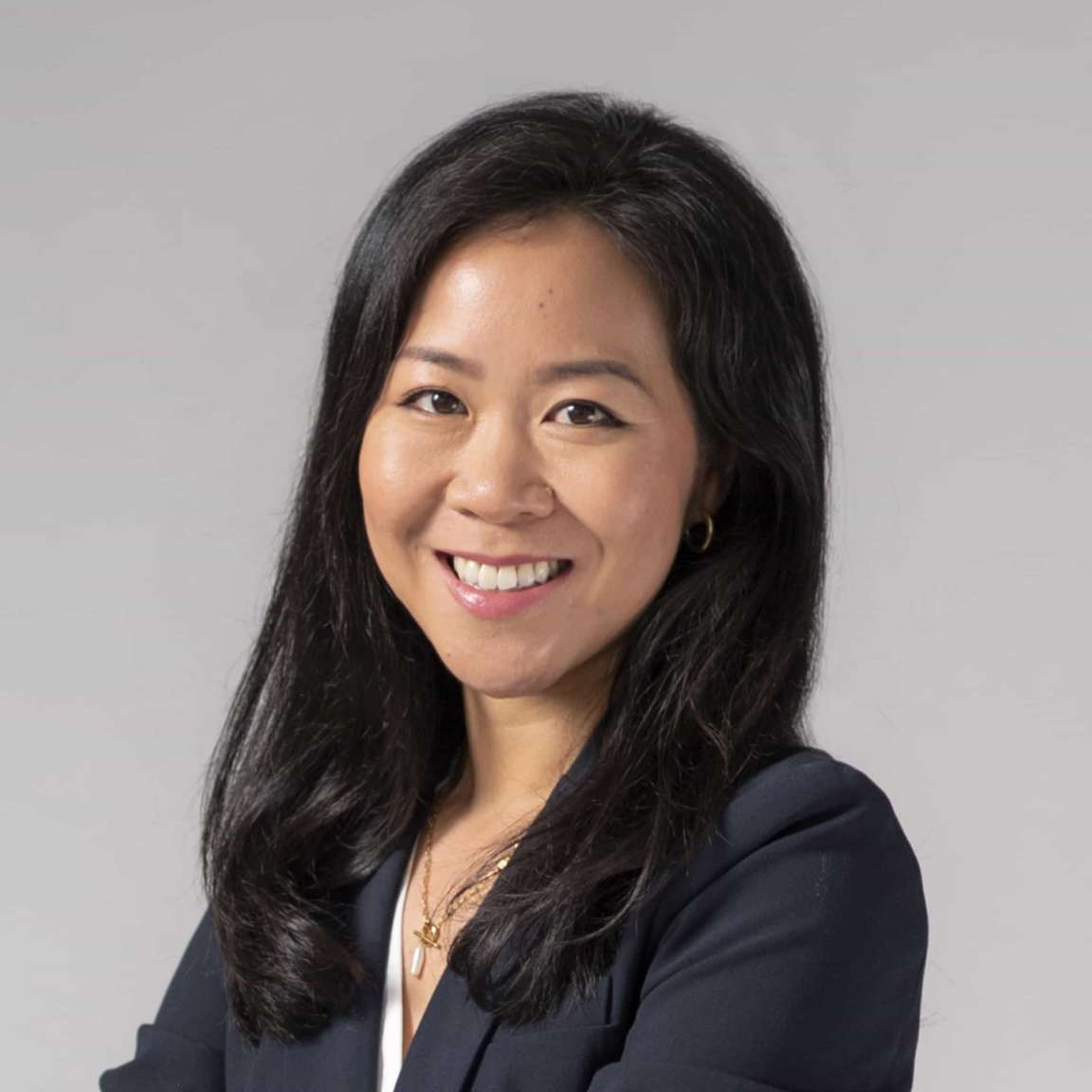Vivek Bommi: Tiffanie, it’s been a really interesting year in fixed-income markets and especially in the investment-grade credit market.
Tiffanie Wong: Yes. Overall yields are at multiyear wides. In fact, the yield on the global corporate index hasn’t been this high since the global financial crisis or the height of the eurozone crisis.
When yields were low, occasionally equity investors would look to high-dividend-paying equities as yields with growth upside. Fast forward to today, one can effectively make the reverse argument, with investment-grade corporate yields providing yields with cushion against downside.
VB: Valuations are much more compelling. In the European investment-grade market, for example, six months ago, almost half the market was negative yielding. But today, the yield is almost 200 basis points higher, as well as with nothing yielding negative.
TW: The moves in US IG have been similarly sharp. We think about over the past 10 years, looking at the yields: Last August, we were in the third percentile. We ended the year at the 13th percentile. Today, we’re at the 98th percentile.
VB: The question I always get from investors is, “What’s priced in?” And true, growth is slowing down, inflation remains persistently high and there is a risk of a recession. But I really don’t think we’re going to go through this downgrade cycle in the investment-grade market like you’ve seen in other downturns.
TB: Now, corporate fundamentals have reached an inflection point, but from a position of strength. Over the past two years, companies have shored up their liquidity. Their balance sheets remain very strong, even as sales and earnings have recovered. They’ve been very disciplined from a financial policy standpoint.
VB: It should also be noted that, interest rates moving higher, it’ll take years before that really filters through to companies, as they’ve used low rates to really push out maturities as well as drive interest costs lower.
TW: It does feel, though, that investor positioning is still quite defensive. We haven’t seen flows reverse, though they have stabilized.
VB: Now, I do think that’s going to be reversing, given the higher yields that you’re seeing. And I think investment-grade credit is probably one of those areas that benefit, given its lower susceptibility to growth than emerging markets and high yield have.
TW: The normalization of risky and risk-free asset correlations should also help investor sentiment and provide for a better balance of risks for investment-grade credit.
VB: And what you’re seeing now from a technical perspective is cash prices of bonds are actually at multiyear lows. And I think that low cash price is going to cushion any further downside that you may see.
TW: Do you think, though, that central bank asset purchases will create some additional pressure on the asset class?
VB: I don’t think so in the US. The Fed has not been a major player in the investment-grade market there.
Now, in Europe, it’s a different story. The ECB has been involved in the investment-grade market for many, many years. And the growth outlook in Europe is challenged.
But I do think a few things: One, the ECB likely will exit negative rates by the end of the year. But for the investment-grade holdings, they’re going to be fairly rational and want to promote stability in the market. They’re not going to be selling their investment-grade holdings. And I do think that they’ll be reinvesting their cash flow back into the investment-grade market, leading to stability within the investment-grade market in Europe.
TW: Now it does seem like, given our outlook on investment-grade yields, fundamentals, technicals, it seems like a great time to step back into the investment-grade market and really think about the allocation to this asset class.
